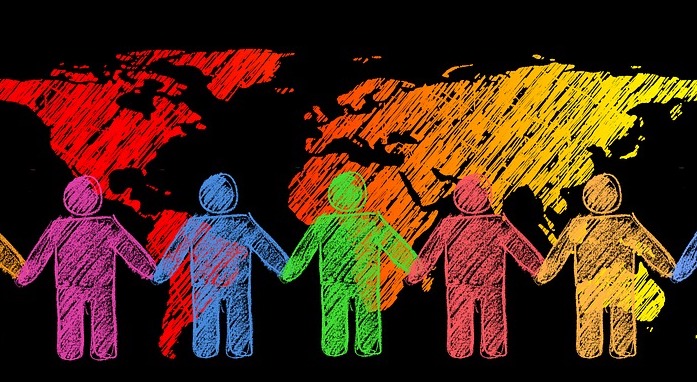 Many minority households routinely have open discussions about racial issues and how they impact their daily lives. White families, on the other hand, sometimes are uncomfortable with such discussions even amid news coverage related to systemic racism and the Black Lives Matter movement. Johns Hopkins All Children’s pediatric neuropsychologist Sakina Butt, Psy.D., ABPP-CN, offers advice for parents in all families on how to encourage and foster these discussions.
Many minority households routinely have open discussions about racial issues and how they impact their daily lives. White families, on the other hand, sometimes are uncomfortable with such discussions even amid news coverage related to systemic racism and the Black Lives Matter movement. Johns Hopkins All Children’s pediatric neuropsychologist Sakina Butt, Psy.D., ABPP-CN, offers advice for parents in all families on how to encourage and foster these discussions.
Where do we start?
- Be open! Often the first step in talking to our kids about racism involves putting aside personal feelings and experiences. Parents and caregivers can educate themselves first through books, videos, podcasts, websites and by not being afraid to have conversations with others.
Break it down by developmental level
Preschool
- For this age group, you may start with the variety of animals then talk about how people also have variety in where they live, what they look like and how they talk to each other.
- Talk about appearance, such as hair and skin color, and how sometimes people are mean to others or not nice because of these differences and that makes others feel sad and mad.
School-Age
- Engage in conversation about how people come from different backgrounds and how sometimes people are treated unfairly. Ask your child if they have ever seen another child who was teased or bullied because of the color of their skin, the way they dressed, etc.
- Most school-age children hopefully have received some education about seminal historical events (such as those related to Martin Luther King or Gandhi), so you can use what they have learned to help guide the discussion.
Adolescents
- Discuss the persistence of racial inequity over decades and how this has led to growing frustration and anger resulting in movements like Black Lives Matter and protests around the globe. Emphasize how every person needs to take a stand against racism and discrimination in order for change to happen.
- Give examples such as speaking up in a friend group when someone tells a joke or standing up to classmates when they observe unfair or mean treatment based on the person’s skin color or other physical differences. Talk about local advocacy and be open to adolescents if they want to take part in change efforts, like volunteering on a local community group initiative or participating in a protest.
Take action!
- Start talking about concepts related to culture, diversity and inclusion early. There are great books for parents that can help get you started.
- Look around your environment and consider the people in your life. Do you notice diversity in your friends, artwork, reading materials and children’s toys/games? Attempting to be inclusive in all aspects of our life helps to model and encourage openness in children and helps prevent racism.
- Teach kids how to stand up to teasing and bullying with conversations and role-playing. Use resources from the library and children’s programming for examples on how to engage with your kids about these important issues.
Excerpted from “How to Foster Cultural Awareness at Home” from Johns Hopkins All Children’s Hospital. Read the full post online.
Source: Johns Hopkins All Children’s Hospital | How to Foster Cultural Awareness at Home, https://www.hopkinsallchildrens.org/ACH-News/General-News/How-to-Foster-Cultural-Awareness-at-Home | © 2021 Johns Hopkins All Children’s Hospital
Do you need someone to talk to? To schedule an evaluation or to get advice about your child’s challenges, call or email a CHC Care Manager at 650.688.3625 or careteam@chconline.org CHC teletherapy services are available now.
This resource is filed under:





